It made a forced landing near Aunus in February 1942, and was recovered by Finns.
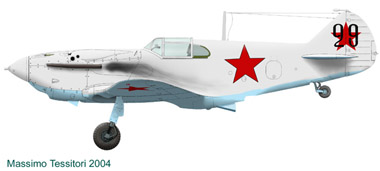
|
an aircraft captured and reutilized by Finnish AF - part 2 By Massimo Tessitori |
|
|
| Black 29 was a LaGG-3 captured during the Continuation War.
It made a forced landing near Aunus in February 1942, and was recovered by Finns. |
 |
The aircraft was probably of 5th/7th series, and its characteristics were:
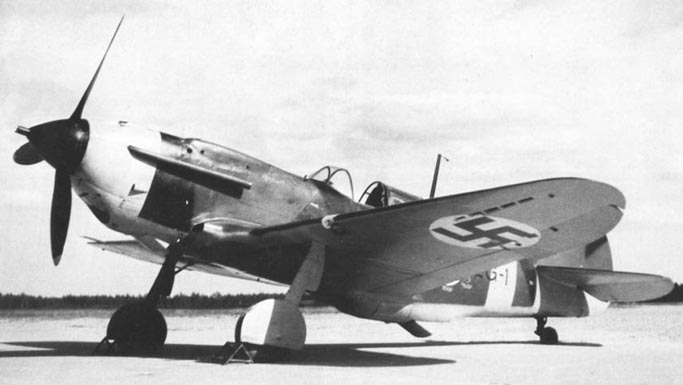 |
After restored, it was modified with a measure against stall
made by Finnish technicians: five slots on each wing, passing through the
wing thickness.
The aircraft became LG-1 in Finnish service, and was assigned to LeLv 32 on 23 September 1942; this unit was based based at Nurmoila, on the Olonets isthmus. |
| LG-1 was soon followed by LG-2 and LG-3; these aircrafts were intended
to intercept the fast Pe-2s bombers often penetrating the Finnish air space.
These missions were usually conducted by one LaGG only. A mission with two LaGGs (LG-1 and LG-3) was performed only on 27 October 1943, when a combat with a Pe-2 and two MiG-3s ended without any loss on both sides. |
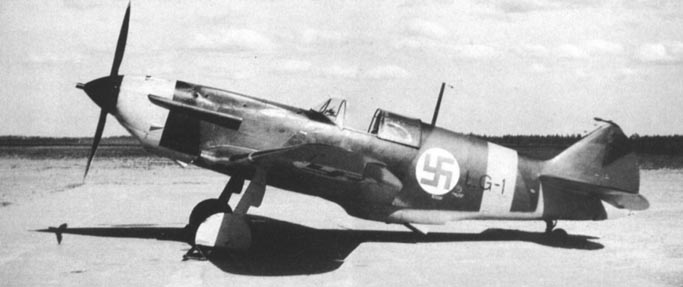 |
 |
On 4 November 1943, the aircraft flown by Lieutnant S. Alapuro landed with the undercarriage retracted because of error; the aircraft required some repairs. |
| On 16 February 1944, the aircraft, flown by Warrant Officer E. Koskinen, attacked a group of Pe-2 escorted by two Soviet LaGG-3 fighters; one of the LaGGs was shot down by the Finnish pilot. | 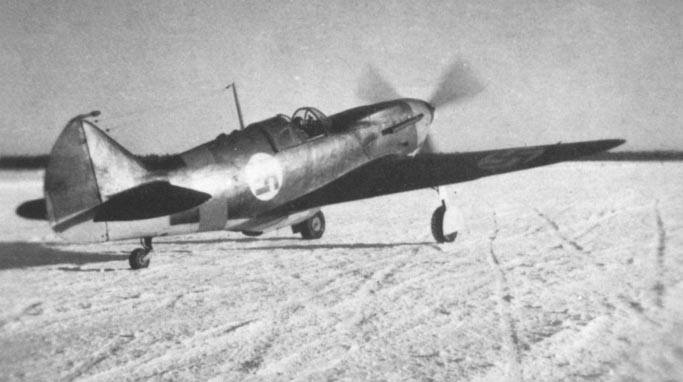 |
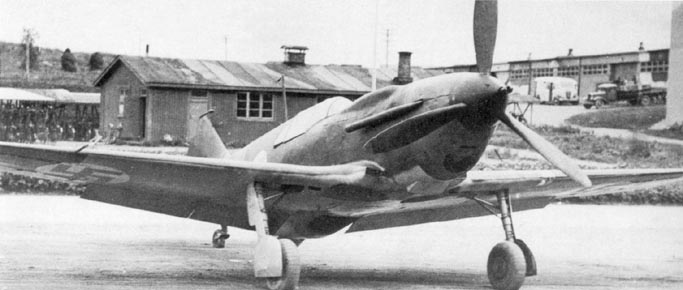 |
On 4 September 1944, Finland made an armistice with Soviet Union.
LG-1 flew for the last time on 23 January 1945; in total, it was flown by Finns for 68 hours. |
| Here we see LG-1 during fuel refuelling and engine maintenance.
These aircrafts were made serviceable by recovering spare pieces from other Soviet downed LaGG-3s, whose relics were spoiled by Finnish specialists. |
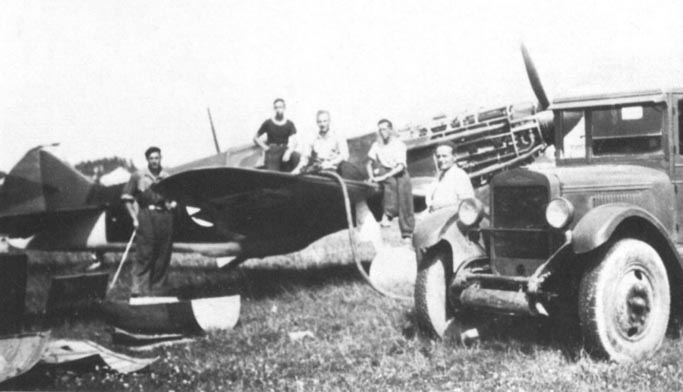 |
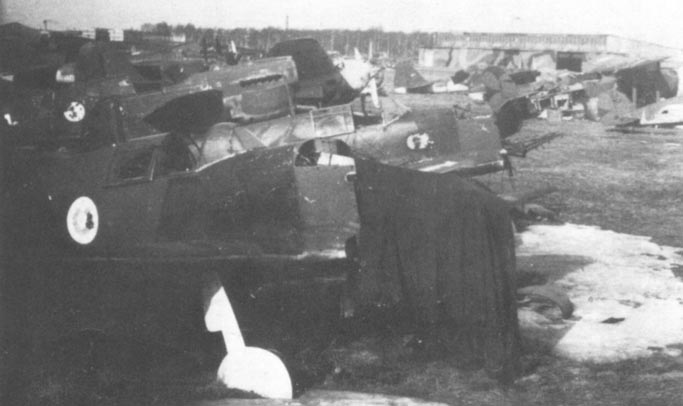 |
On 1 April 1945, blue svastikas were replaced by small white-blue-white roundels and yellow bands were deleted, but the LaGGs never flew with such markings. Both remaining LaGG-3s (LG-1 and LG-3; LG-2 was already written off because of a bad landing) were scrapped after the war. |
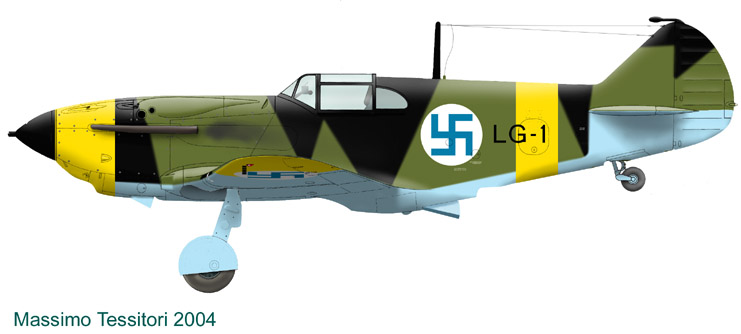 |
|
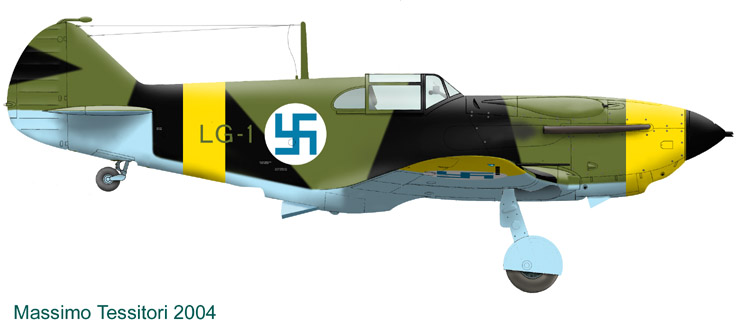 |
|
 |
The camouflage was nearly identical to that of LG-3, whose photos were
the base for this drawing.
Yellow bands under the wings arrive slightly inward the pitot probe. The swastikas on the wings are larger than those on the fuselage. The slots are visible on the uppersurface too; they should pass throught the wing thickness. |
|
|